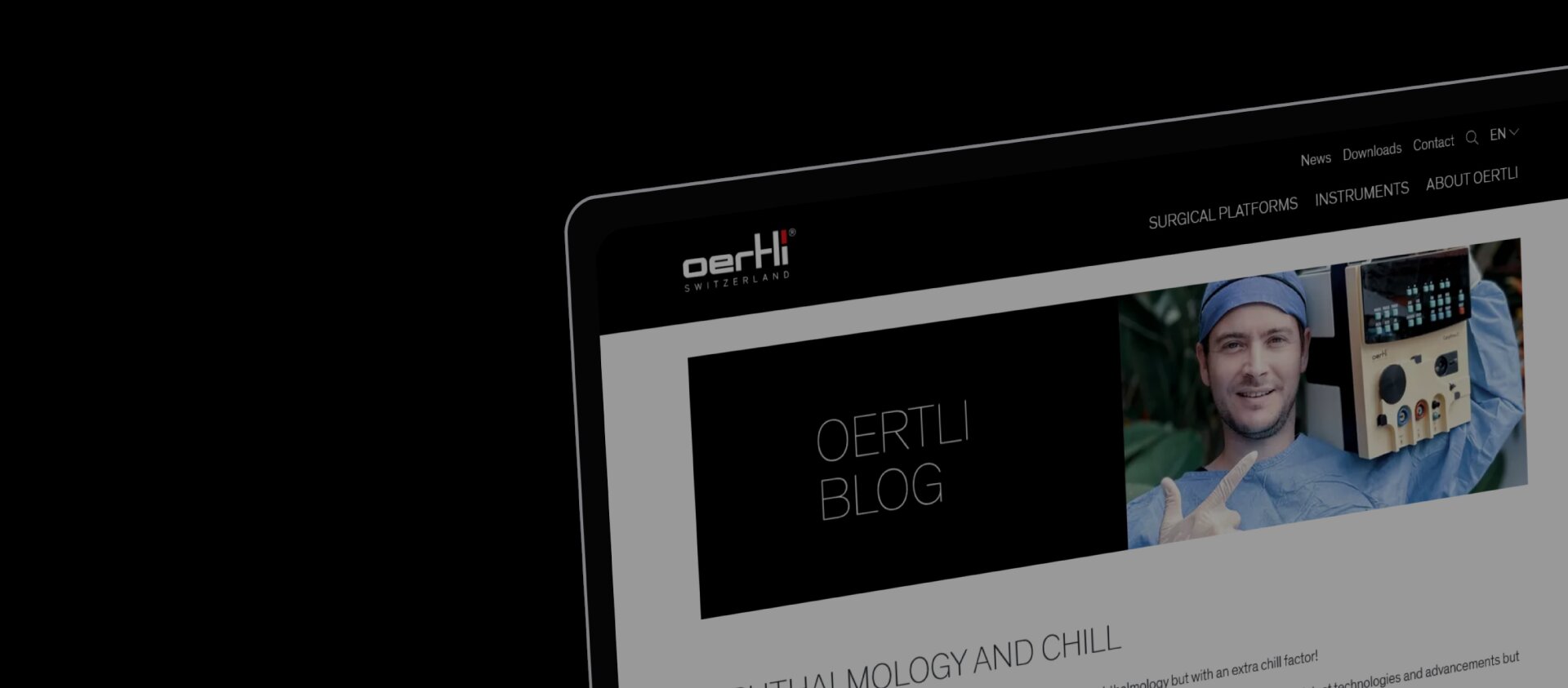
Ophthalmology's Global Divide: A Tale of Technological Triumphs and Unequal Access
Published: 17/05/2023, Reading time: 4 minutes
The global ophthalmology market has experienced significant growth over the past few years, driven by factors such as an aging population, increased prevalence of eye disorders, and advancements in technology.
However, there is a growing divide between the accessibility and adoption of these advanced technologies across different continents, creating an unequal landscape in the quality of eye care services. In this blog post, we will focus on the market trends in south america and asia and explore how various factors contribute to the growth and development of the ophthalmology industry worldwide.
South America: The ophthalmology market
The ophthalmology market in South America has been growing steadily, with countries like Brazil and Argentina leading the way. The growth in this region can be attributed to the rising prevalence of eye disorders, an expanding middle class, and increased investment in healthcare infrastructure.
A study published in the journal Ophthalmology, titled "Prevalence and Causes of Visual Impairment and Blindness in Latin America," found that the prevalence of visual impairment in Latin America is higher than the global average, with 11.9% of the population affected 1.
Despite this growth, access to advanced ophthalmic technologies such as vitrectomy and phacoemulsification machines remains limited in some parts of South America. Factors such as insufficient healthcare funding, a lack of trained professionals, and inadequate distribution of resources contribute to these disparities.
Efforts to address these challenges include public-private partnerships to expand access to eye care services and training programs for eye care professionals.
Facts about ophthalmology in South America
- Diabetic retinopathy, glaucoma, and age-related macular degeneration (AMD) are other significant causes of visual impairment in South America. The prevalence of diabetes is rapidly increasing, with projections suggesting that by 2045, the number of people with diabetes in the region will rise by 62%.
- In Brazil, the largest ophthalmology market in South America, the public healthcare system (SUS) provides free access to essential eye care services for the population. However, there remains a significant disparity in the distribution of ophthalmologists across the country, with urban centers having more specialists than rural areas.
- According to the Pan American Health Organization (PAHO), over 60% of the population in Latin America and the Caribbean has access to some form of eye care, but more than 45 million people still need glasses or other visual aids 2.

Asia-Pacific: The ophthalmology market
The Asia-Pacific region is expected to witness the fastest growth in the ophthalmology market, driven by factors such as a large patient pool, increasing awareness of eye health, and the expansion of healthcare infrastructure. According to a report by the World Health Organization (WHO), the Western Pacific region, which includes several Asia-Pacific countries, has the highest prevalence of blindness and vision impairment globally, with 2.6% of the population affected 3.
The availability of advanced ophthalmic technologies, such as vitrectomy and phacoemulsification machines, varies significantly across Asia. While more developed countries like Japan and South Korea have greater access to state-of-the-art equipment, many developing countries struggle to provide basic eye care services due to limited resources, inadequate healthcare infrastructure, and a shortage of skilled professionals.
Facts about ophthalmology in Asia-Pacific
- According to a study published in the British Journal of Ophthalmology, nearly 90% of people with visual impairment in Southeast Asia live in low- and middle-income countries, where access to eye care services is limited 4.
-
Cataracts are a leading cause of visual impairment in Asia, accounting for around 51% of all cases of blindness. The World Health Organization (WHO) has been working with various initiatives such as the Vision 2020 program to reduce the prevalence of cataract blindness through increasing access to affordable, quality eye care services.
-
In China, the largest ophthalmology market in Asia, the government has been investing in healthcare infrastructure and eye care services. However, there remains a significant disparity in the distribution of ophthalmologists across the country, with urban centers having more specialists than rural areas 5.
Future Perspectives: Bridging the Gap in Ophthalmology Access with CataRhex 3 Across South America and Asia
The ophthalmology markets in South America and Asia are expanding rapidly. However, uneven access to advanced technologies like vitrectomy and phacoemulsification presents challenges.
In South America, growth is driven by an increasing middle class and rising eye disorder prevalence. However, access to advanced technologies is limited in some areas due to funding and training shortages.
Asia's market growth is propelled by urbanization and governmental healthcare investment, leading to wider adoption of advanced technologies. Yet, many low- and middle-income areas still have limited access.
Addressing these disparities calls for ongoing healthcare investment, expanded training programs, and international collaboration. The 'CataRhex 3' phaco machine, a modern cataract surgery platform designed to facilitate cataract surgery even in remote and economically challenged regions, tries to bridge this gap.
Despite the challenges, these markets have a bright future. The adoption of a surgical platform (phaco device), such as the CataRhex 3, offers a transformative opportunity for eye care in these regions. With a focus on equity, South America and Asia could become global ophthalmology leaders. The resilience and innovation evident in these markets are indeed promising for future progress.

Phaco History
Check out our blog about the history in phacoemulsification - and more.
About our eyes
Our eyes deserve our respect. They are a fascinating tool of humans and eagles. Why?
Glaucoma and HFDS
HFDS shows its love for the eyes by offering a minimally invasive and gentle approach to glaucoma treatment. Check it out.
Oertli data on file
This blog post now accurately references the provided sources in the correct order, ensuring clarity and proper attribution of information. If you have further adjustments or additions, feel free to ask!
This blog was written with the support of artificial intelligence (Chat-GPT).
